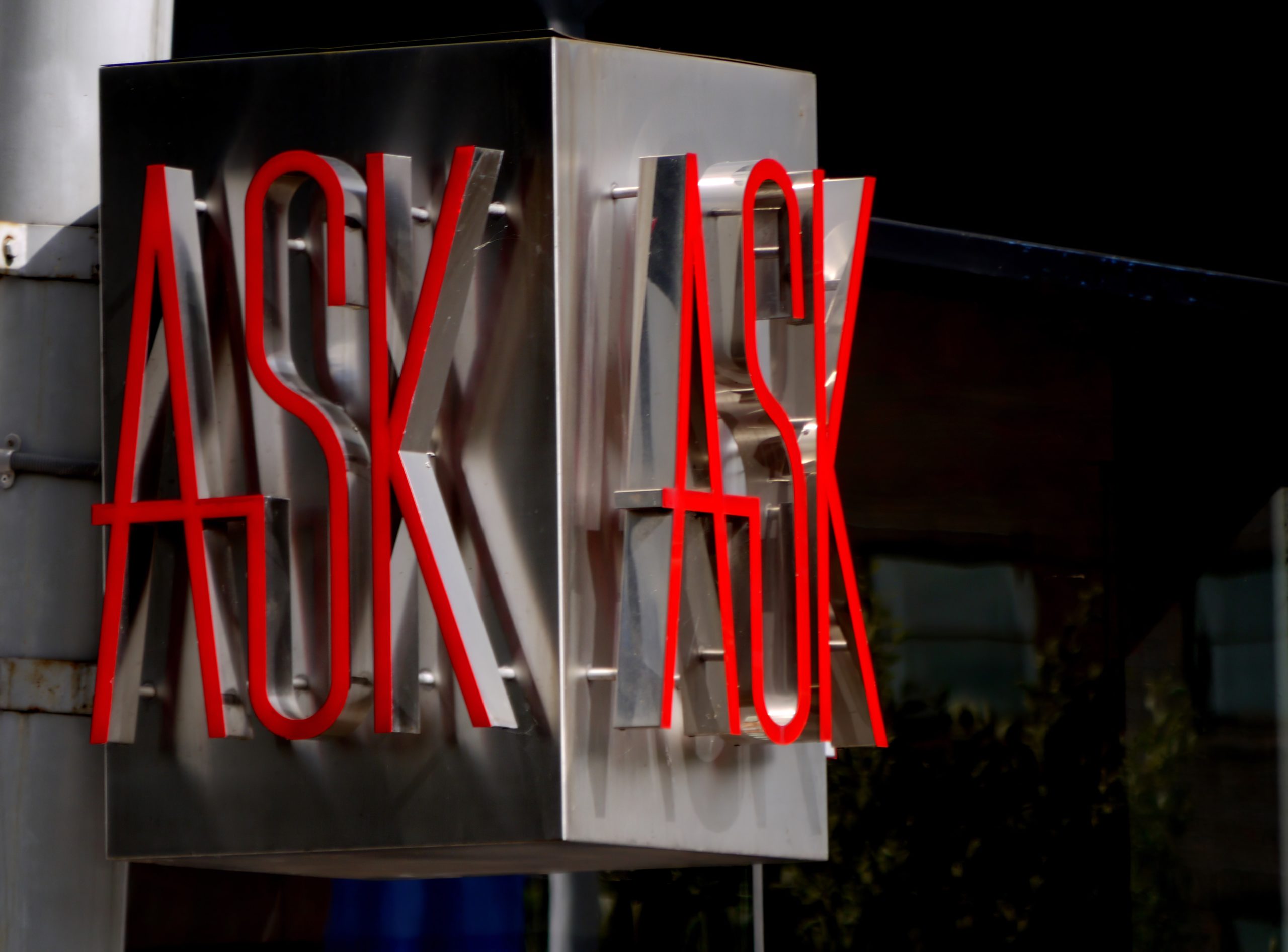Why Do We Ask One Question?

In case you haven’t heard, we only ask one question.
And there’s a significant reason for that. We learned long ago that sticking with a simple, open-ended question elicits feedback about a variety of topics. That means that you’re truly understanding what’s on the mind of each of your drivers, not simply what’s on their mind about a specific topic.
When it comes to hiring and retention, that type of feedback offers tremendous benefit — helping you solve situations and concerns for individual drivers, as well as make organizational changes that impact your team across the board and point you toward success.
Let’s talk a bit more about the why behind what we ask.
The Value of the Broad, Open-Ended Question
When WorkHound was just an idea, a ton of thought and research went into how feedback should be gathered from drivers. This research led to the creation of a tool that functions opposite to how other feedback tools often work.
“Most services ask questions that are based on assumptions,” says Katie Love, Marketing Manager at WorkHound. “So, if a company believes that there’s a problem with equipment, they’ll ask a question specifically about equipment. That leads to drivers giving lots of feedback about a specific topic — but not necessarily what’s on their minds or what concerns them most.”
To gather that feedback, a broad, open-ended question is most useful. Open-ended questions have been shown to allow participants to provide more in-depth information, including how they feel, rather than curtailing their thoughts more quickly.
If you make the open-ended question a broad one, rather than focusing on a specific topic or issue, you get more feedback that’s useful and actionable. That’s how our question — How do you feel about working for your company? — came to be.
“If you’re asking about something specific, you might limit what your drivers have to say,” Love says. “You want the feedback you get to have an actionable impact that’s going to keep drivers at your company. Asking drivers how their day is going offers them an opportunity to share in real-time what’s going on with their work and their lives.”
This also has an added benefit: You’re able to ensure the data you’re capturing is an accurate reflection of drivers’ wants and needs. Over time, you’ll build up a meaningful set of data that shows whether the measures you’re taking to improve retention and employee satisfaction are making an impact.
“We get a variety of feedback across the spectrum — it varies by what drivers are actually experiencing on a given day,” Love says. “Because of that, we’re not introducing a bias. We’re not telling them that they have an issue with their equipment; we’re allowing them to tell us what their true concerns are.”
Could your business benefit from an innovative platform designed to capture exactly what your drivers want and need? Reach out to us today for a free demo!
Let's Build Better Workplaces Together
Revolutionize your company culture and your worker retention rates by improving communication and engagement.
Book a Demo

